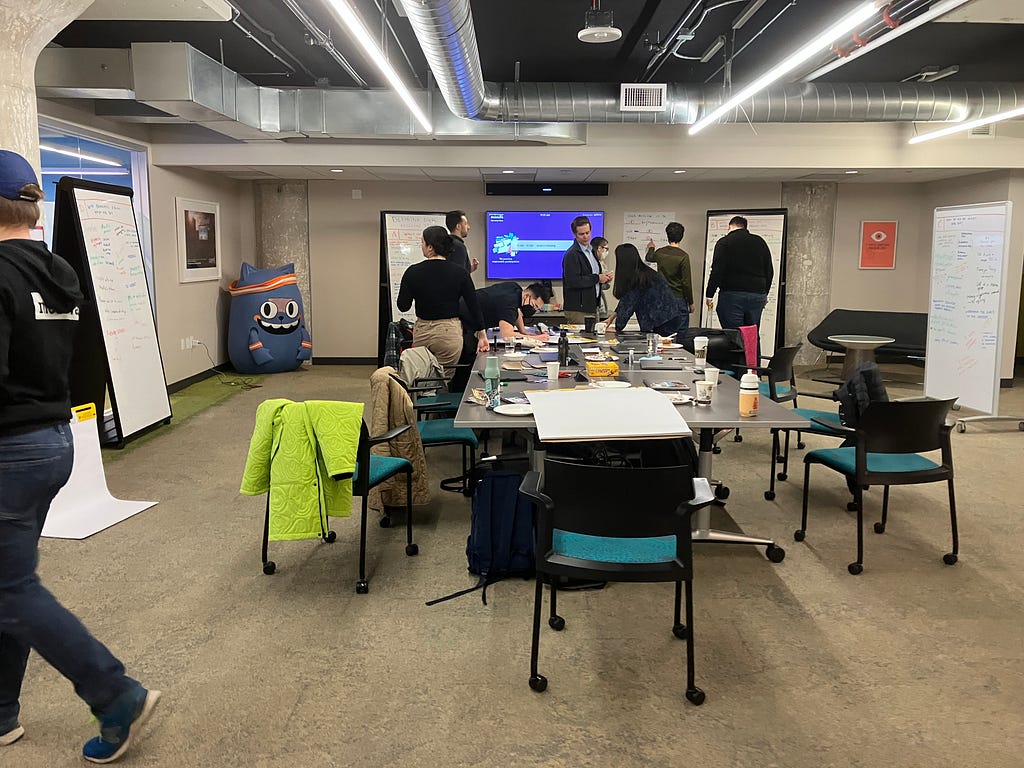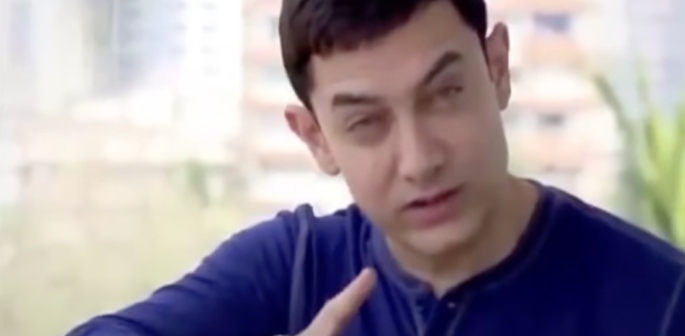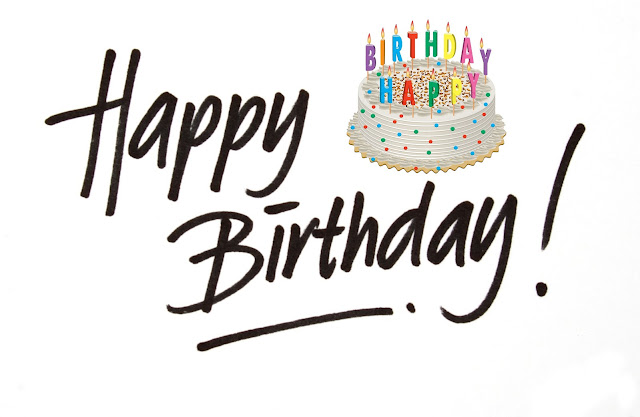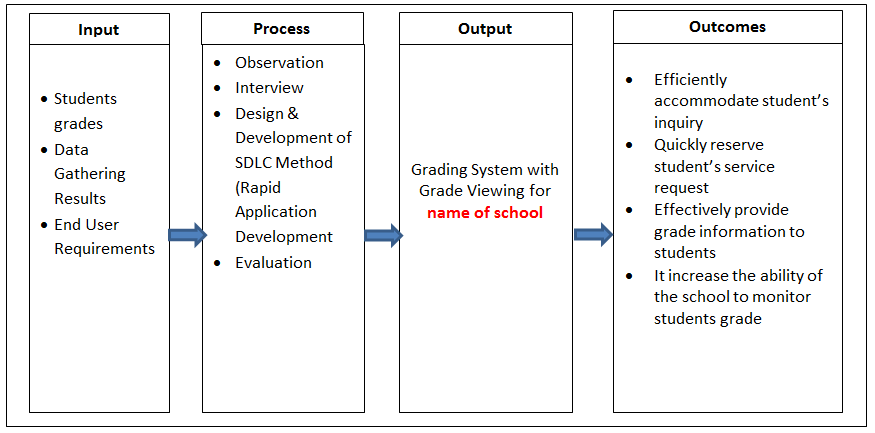The First Lady consoles during tragedy, raises cash in Hollywood, trades jokes with Gabby Douglas, and reminds voters that her husband “is not Spider-Man.” She’s “splitting up the country” with the president for a (hopefully) gaffe-free run to keep the White House.

On January 11, 2012, Michelle Obama went off message in a big way, saying three of the White House’s least favorite words: “angry black woman.”
"That's been an image that people have tried to paint of me since, you know, the day Barack announced," she told Gayle King on CBS, discussing a just-released book about her marriage called The Obamas. "That I'm some angry black woman."
The phrase sent flashes of panic throughout the East Wing, threatening to undo the carefully crafted image that the First Lady and her staff had built up over the past three years. Mother, celebrity, style icon, and wholesomely benign apple pie/Target political force, with signature campaigns to prevent childhood obesity and work with military veterans, all aimed at undercutting the caricature created by her husband’s political opponents of her as a radical Angela Davis-type.
That stereotype framed the debate around her four years ago. According to the McCain campaign and its conservative allies, Michelle Obama was a "bitter" woman, as one popular blogger put it, who wasn't "proud" of her country, a sentiment that was allegedly revealed in a remark she made during her husband's first presidential campaign.
In the aftermath of the Gayle King interview, Obama's’s aides privately complained to CBS that the interview “lingered too long” on the book, according to network television sources. The interview had been locked up weeks before, according to White House officials—it was the debut week for King’s CBS This Morning —and the host had asked Michelle to be her marquee guest. (“It’s the Oprah connection,” as one White House official put it, referring to Barack and Michelle's friendship with booster Oprah Winfrey.)
Ironically, Obama's image rehabilitation was one of the subject’s of author Jodi Kantor’s largely flattering portrait of the first lady. "Many reviewers called her the heroine of the book," Kantor tells BuzzFeed. "It's the story of someone who doubted political life for very good reasons and conquered it anyway."
But seeing her image and family dynamics dissected in print incensed Obama anyway, prompting her to tell King she wouldn't “read these books."
The controversy faded, this time, partly because she was very careful not to go there again as her husband’s re-election campaign ramped up. Since the CBS interview, Obama barely mentioned race in any of the public interviews she’s given, not even saying the word “black,” according to review of the publicly available transcripts of her major appearances. And when she did confront the subject head on — two well scripted speeches in front of African American audiences at an African Methodist Church and a historically black college — there was no backlash at all.
Even more remarkably, Michelle Obama has managed not only to navigate the strange political atmosphere where talking about her own race unscripted is considered a gaffe, but has put together a gaffe-free run across the board, becoming one of the most powerful campaigners the White House has in its arsenal. As of August 15, she’s done 64 campaign events since the beginning of the year — 22 have been speeches or public events, and 42 have been private fundraisers, with tickets costing up $50,000.
“She has taken a role which is much more front and center as a campaigner,” says Carl Sferrazza Anthony, the historian of the National First Ladies Library and author of the two-volume history, First Ladies. “And it’s entirely independent of the President. It is almost as if she is also running for re-election as First Lady.”

Typically, Michelle Obama's speeches open with a general welcome and some comments about how she enjoys travelling around America. She tells her husband’s story (raised by a single mom) and then chastises the audience mildly, telling them that Barack can’t do it alone. “He’s not a super hero,” she told an audience at singer Gwen Stefani’s house in Hollywood last weekend. “He’s not Spider-Man.” And, in a striking contrast to the "change we can believe in" slogan of 2008, she ends by reminding the audience that “real change is slow,” the signature line in her stump speech.
“I can watch her speeches now, and I know that nothing has changed dramatically,” says a former East Wing aide. “Okay, here's someone who has been doing this for several years now.”
It wasn't always that way. “She has really changed greatly for someone who was skeptical of her husband's plan to run for the presidency, and being a little standoff-ish with audiences, she’s just done a 180,” adds Professor Myra Gutin, a first lady scholar at Rider University. “She is much more comfortable. I’ve seen her work a crowd like she didn’t do last time around.” Obama herself refers to how "nervous" she was when first went out on the trail "back [when] people barely even knew who Barack was, let alone who I was," as she said in a speech this week in Iowa.
Her new strategy is called “It Takes One,” which she personally started to develop in the spring, according to White House and campaign officials. In May, Michelle Obama began a series of meetings in her personal office in the East Wing with senior staff, including Stephanie Cutter, the head of the communications for the Obama campaign. According to two officials who attended the meetings, Michelle wanted to define her role in the campaign in the most effective way possible. Early in the administration, she’d clashed with the West Wing over how best to schedule her time, feeling like there was an ad hoc nature to requests to stump for the president or his allies. No longer.
“The President and the first lady basically split the country up in two,” a senior campaign official tells BuzzFeed. “We send her into every single major media market, and she has tremendous presence.”
She prefers a well-defined role which allows her to see the results of her efforts. “In Iowa in 2007, she was ‘the closer’ at events, encouraging listeners to fill out the caucus registration form. She’s into metrics — at every event she wants to know how many people filled out forms. That was her measure of success. She was looking for something like that this time,” says the senior campaign official. The result—It Takes One—was set for a rollout in July, when she joined the president on a trip to Florida; the idea is that she'll make a personal appeal to the audience, hoping to re-establish some of the emotional momentum the campaign has lost since 2008. The shooting in Aurora, Colorado, however, overshadowed the launch off It Takes One, but it's now up and running.
Obama's campaign staff are quick to stress that despite the grueling schedule, she’s a “mother first,” as one put it. “She makes sure, even if we’re doing three stops, to be home in time to put the girls to bed,” the aide explained. Her staff thinks she’s no longer viewed through the lens of race, and she’s transcended to become a sort of motherly figure to all Americans. Behind closed doors, "I've never heard her talk about race," one long time staffer tells BuzzFeed."
“I don’t think they see her as black or white, whether we were in Jacksonville, Florida, or Charlottesville, Virginia, crowds of all shapes and sizes and background would come out and see her,” says a senior campaign official. “I’ve worked for a lot of candidates: the president always get tens of thousands to come to events, I’ve never seen a spouse get this reaction. She has mass appeal.” The latest polls show her at around a 65 percent favorability rating.




















